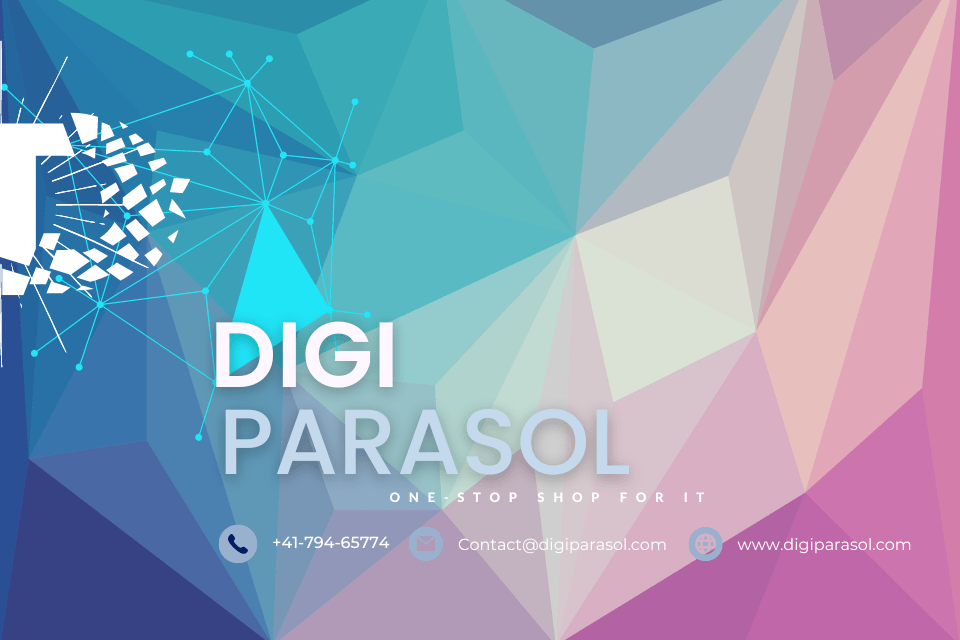excerpt one paragraph about Artificial Intelligence (AI) software has revolutionized the way we communicate across different cultures and languages. In today's globalized world, businesses and individuals alike rely on AI tools to bridge language barriers and facilitate smooth communication. This article will delve into the various ways AI software is being used to facilitate cross-cultural communication, the benefits it offers, and the challenges that still need to be addressed.
**The Role of AI in Cross-Cultural Communication**
1. Language Translation: One of the most basic functions of AI software in cross-cultural communication is language translation. AI-powered translation tools are able to accurately translate text, speech, and even images in real-time, enabling individuals to communicate effectively across language barriers.
2. Natural Language Processing: AI software is capable of understanding and processing natural language, allowing for more efficient and accurate communication between individuals who do not speak the same language. Natural language processing (NLP) algorithms help AI tools interpret human language and respond appropriately.
3. Cultural Adaptation: AI software can be programmed to recognize and adapt to different cultural norms and expectations. By understanding cultural nuances, AI tools can help users communicate more effectively and avoid misunderstandings that may arise from cultural differences.
**Benefits of AI in Cross-Cultural Communication**
1. Improved Efficiency: AI-powered communication tools can help streamline communication processes, saving time and resources for businesses operating in international markets. By automating tasks such as translation and interpretation, AI software enables faster and more efficient communication.
2. Increased Accuracy: AI tools are constantly learning and improving their language capabilities, resulting in more accurate translations and interpretations. This increased accuracy reduces the risk of miscommunication and ensures that messages are conveyed correctly across different languages.
3. Enhanced Accessibility: AI software makes it easier for individuals from diverse linguistic backgrounds to communicate with each other. By removing language barriers, AI tools promote inclusivity and enable more people to participate in global conversations and collaborations.
**Challenges of AI in Cross-Cultural Communication**
1. Cultural Bias: AI software may unintentionally exhibit biases based on the data it is trained on. This can lead to inaccuracies in translation and interpretation, particularly when it comes to understanding cultural nuances. Addressing bias in AI algorithms is an ongoing challenge in cross-cultural communication.
2. Complexity of Language: Human language is complex and nuanced, making it challenging for AI software to interpret context and subtle meanings. While AI tools have made significant progress in understanding language, there is still room for improvement in accurately capturing cultural nuances in communication.
3. Privacy Concerns: As AI software collects and processes large amounts of data for language translation and interpretation, privacy concerns may arise. Individuals and businesses using AI tools for cross-cultural communication must be aware of data privacy regulations and ensure that sensitive information is protected.
**Conclusion:**
As AI software continues to advance, it will play an increasingly important role in bridging language barriers and facilitating cross-cultural communication. By leveraging AI-powered tools, individuals and businesses can communicate more effectively across different languages and cultural boundaries. However, it is essential to address the challenges posed by AI in cross-cultural communication, such as bias and privacy concerns, to ensure that communication remains accurate, inclusive, and respectful.
In the words of Sundar Pichai, CEO of Google, "AI is one of the most profound things we're working on as humanity. It's more profound than fire or electricity." With the right approach and continued innovation, AI software has the potential to transform cross-cultural communication and bring the world closer together.
Read the rest 








